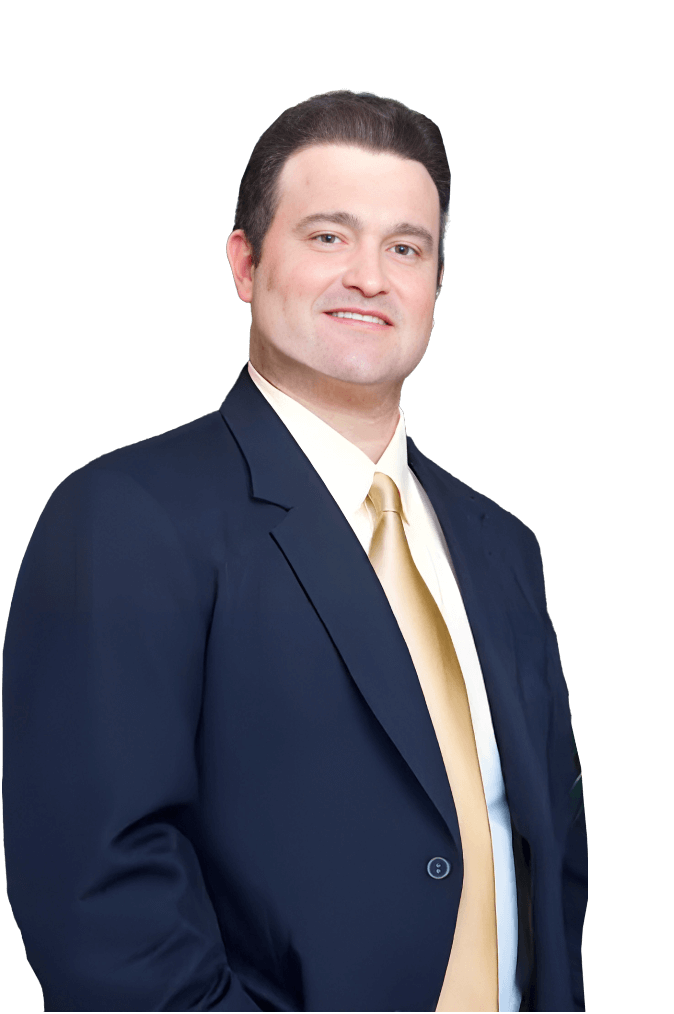Dr. Kenneth Hughes, Harvard-trained, board-certified plastic surgeon in Los Angeles, has performed hundreds of breast augmentation surgeries both by fat transfer or fat grafting and by the placement of silicone, saline, or gummy bear implants.
Given the recent concern in the rate of anaplastic large cell lymphoma in a small subset of breast implant patients, Dr. Hughes follows general research and journal articles closely.
MIT news office recently published the findings of MIT researchers for breast implant surfaces and the immune responses in patients. Implant surface influences the development of scarring, inflammation, and other complications. This is something plastic surgeons have known for years.
Silicone breast implants have been in use since the 1960s, and the earliest versions had smooth surfaces. However, with these implants, patients often experienced a complication called capsular contracture, which plastic surgeons have battled for years.
In the late 1980s, some companies began making implants with rougher surfaces or textured surfaces to reduce capsular contracture rates. In 2019, the FDA requested a breast implant manufacturer to recall all highly textured breast implants (about 80 microns) marketed in the United States due to risk of breast implant-associated anaplastic large cell lymphoma. The MIT team began by testing five commercially available implants with different textures, including degree of roughness. These included the highly textured one that had been previously recalled, one that is completely smooth, and three that are somewhere in between. In a study of rabbits, the researchers found that tissue exposed to the roughest implant surfaces showed signs of increased activity from macrophages — immune cells that normally clear out foreign cells and debris. All of the implants stimulated immune cells called T cells, but in different ways. Implants with rougher surfaces stimulated more pro-inflammatory T cell responses, while implants with the unique surface topography, including 4-micron average roughness, stimulated T cells that appear to inhibit tissue inflammation.
The researchers’ findings suggest that rougher implants rub against the surrounding tissue and cause more irritation. This may offer an explanation for why the rougher implants can lead to lymphoma. The researchers also tested miniaturized versions of these implants in mice. They manufactured these implants using the same techniques used to manufacture the human-sized versions, and showed that more highly textured implants provoked more macrophage activity, more scar tissue formation, and higher levels of inflammatory T cells. The researchers also performed single-cell RNA sequencing of immune cells from these tissues to confirm that the cells were expressing pro-inflammatory genes.
On the other hand, implants with the unique surface architecture, including an optimized degree of surface roughness, at about 4 microns on average, and other specific characteristics, appeared to significantly reduce the amount of scarring and inflammation, compared to either the implants with higher roughness or a completely smooth surface.
The finding of a complex inflammatory and anti-inflammatory response is critically important, as is the finding that the 4-micron textured implant results in a thinner, translucent capsule than that found with smooth implants, and is the optimal formulation of a silicone breast implant to result in the least immune-stimulating response. After performing their animal studies, the researchers analyzed samples from a large bank of cancer tissue samples at MD Anderson to study how human patients respond to different types of silicone breast implants.
In those samples, the researchers found evidence for the same types of immune responses that they had seen in the animal studies. Among their findings, they observed that tissue samples that had been host to highly textured implants for many years showed signs of a chronic, long-term immune response. They also found that scar tissue was thicker in patients who had more highly textured implants.
Dr. Kenneth Hughes performs smooth breast implant augmentation and breast fat transfer, and he can perform either based upon patient anatomy and goals.























